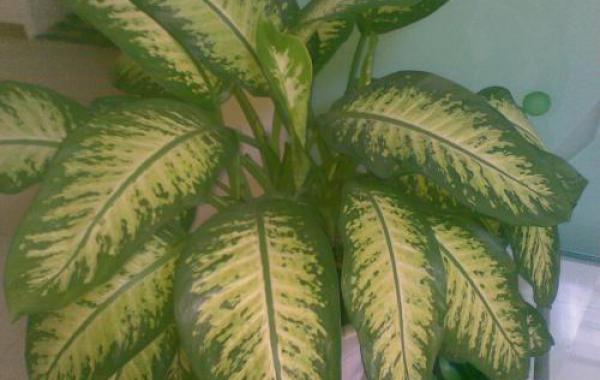How to identify flower diseases and insect pests

Flower diseases are generally divided into two categories: physiological diseases and parasitic diseases. Physiological diseases are mainly caused by unsuitable conditions such as climate and soil. Common physiological diseases are: burns caused by strong light in summer; frost damage caused by low temperature in winter; rotting roots caused by too much water; scorched edges and wilting of leaves caused by lack of water; lack of some nutrient elements in soil, element deficiency and so on. Now I will introduce you.
Parasitic diseases are caused by fungi, bacteria, viruses, nematodes, etc.
These organisms have different forms, but most of them have parasitic power and pathogenicity, and have strong fecundity, which can spread from susceptible plants to healthy plants through various ways (stomata, wounds, insects, wind, rain, etc.). Grow, develop, reproduce and spread under suitable environmental conditions, and spread over and over again. Therefore, this kind of disease causes the greatest harm to flowers. Fungal fungi are lower organisms that have no chlorophyll and have eukaryotes. It takes mycelium as vegetative body and propagates with spores, which is the most important kind of flower diseases. Most fungal diseases have obvious symptoms, such as mildew, powder, rust, dots, filaments and so on. These characteristics are one of the main bases to identify fungal diseases.
Common fungal diseases include powdery mildew, anthrax and so on.
Bacteria: bacteria are a class of single-celled prokaryotes that reproduce by division. The main characteristic of bacterial disease is that the injured tissue is waterlogged or the disease spot is transparent, and the bacterial mucus overflows from the diseased site to the outside under wet conditions, which is one of the main bases for identifying bacterial diseases. Common bacterial diseases are Iris bacterial soft rot and so on. Virus: a virus is an extremely tiny parasite. Its shape can only be observed by electron microscope. It is parasitic in the living cell tissue of flowers, and can spread to the whole plant with the flow of host sap, causing disease of the whole plant.
Virus diseases often show symptoms such as mosaic, yellowing, deformity, ringspot and so on.
The common virus diseases are narcissus virus disease and so on. Nematodes: nematodes belong to a class of lower animals. The nematode is slender, slightly pointed at both ends, and is generally 1-2 mm long, like a roundworm. The female adults of a few nematodes are spherical or pear-shaped. Most of them live in the soil and parasitize in the roots of flowers, which stimulate the local cell proliferation of the host and form tumors. The common nematode diseases are cyclamen root knot nematode disease and so on.
Related
- What if the leaves of potted flowers turn yellow?
- Florescence Control of several Flowers
- Anti-freezing technology and post-freezing nursing technology of flowers
- What is the classification of flowers? What are the common methods of flower classification?
- Prevention and control of alkali and acid damage of flowers in courtyard
- Technology of Anti-freezing and restoring growth of Flower seedlings in greenhouse and greenhouse
- How does flower fertilization not hurt the root? Fertilization technology of flowers
- Key points of disinfection in flower greenhouse
- Several pesticides that are banned or used cautiously in flowers
- How to fertilize the flowers that watch the leaves?


